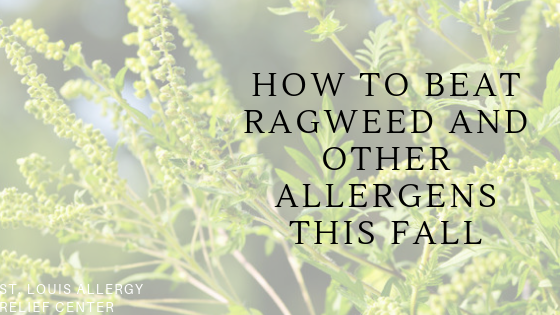How to Beat Ragweed and Other Allergens this Fall

With over 17 species growing in North America, ragweed is one of the most common allergens in the United States. Between July and Mid-October, the wind spreads its pollen for up to 200 miles and continues well into the cold winters.
It may seem like ragweed, combined with other fall allergens such as mold and dust mites, is an undefeatable battle. But just like most common allergies, there are a few ways to fight back against ragweed.
Here are some ins and outs of fall allergies, so you can win the battle once and for all.
What Makes Us Allergic?
Just like many common allergens, we develop allergies to ragweed when our immune system identifies it as harmful. Our body releases histamines which trigger the uncomfortable symptoms that 26% of Americans experience each year.
Do I Have Fall Allergies?
Though these symptoms may be common for a plethora of allergies, the most common symptoms of ragweed and other fall allergies are:
- scratchy throat and coughing
- itchy and watery eyes
- poor quality of sleep
- sore sinuses
- runny nose
- small “allergic eczema” rash
Keep It Clean
One of the best ways to eliminate ragweed and fall allergens is to keep your home, clothes, and linens clean. During peak seasons, make sure to shower and change your clothes after prolonged outdoor exposure. And use a good quality Hepa air filter in your house, especially in the rooms you spend most of your time.
Keep Track
Keep track of the pollen count in your area and if possible, avoid peak pollen times which are typically from 10 am to 3 pm.